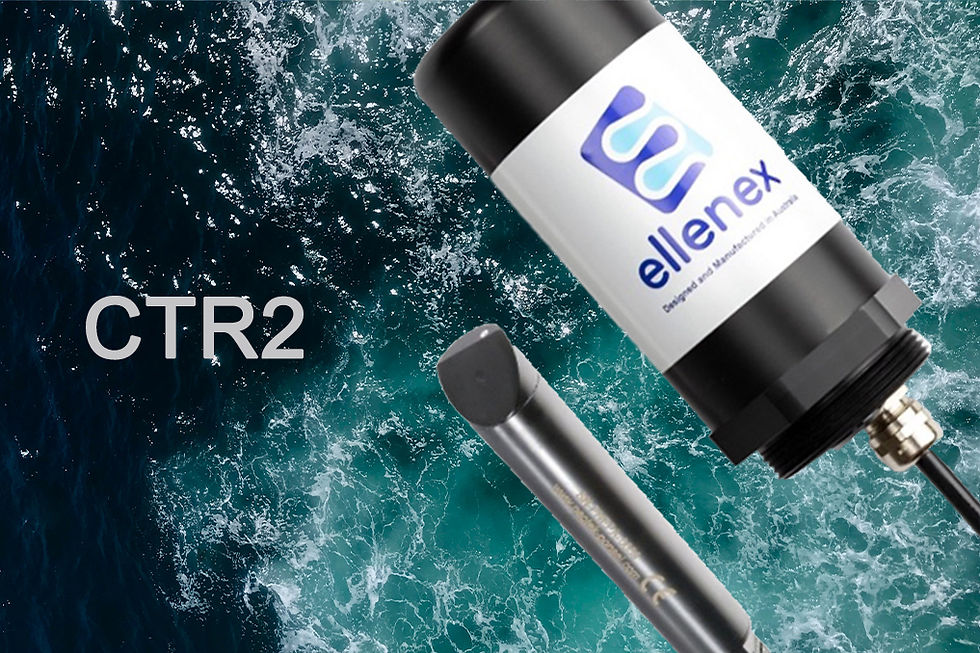Dissolved Oxygen Sensor: IoT's Role in Environmental Monitoring.
- Mohan Krishna Polavarapu
- Nov 8, 2023
- 3 min read
Modern environmental monitoring is on the brink of a technological revolution, where cutting-edge solutions are transforming the way we collect and analyze data. Among these innovations, oxygen sensors, also known as O2 sensors, are at the forefront, serving a multitude of purposes in wastewater treatment, laboratory research, agriculture, industrial processes, and environmental monitoring. This article delves into the versatility of oxygen sensors in these domains and explores the profound impact of integrating NB-IoT and LoRaWAN technology on data collection and analysis.

Dissolved Oxygen Sensors and Environmental Monitoring
Wastewater Monitoring:
Wastewater treatment is essential for public health and environmental protection. A key aspect is maintaining the right levels of dissolved oxygen (DO) in aeration tanks. Oxygen sensors play a crucial part in this process, offering real-time data on oxygen concentration. When paired with NB-IoT and LoRaWAN, these sensors enable remote monitoring, reducing the need for frequent on-site visits and enhancing operational efficiency.
Urban Wastewater Treatment:
Urban wastewater treatment plants heavily rely on the precise monitoring of oxygen levels. This ensures efficient treatment processes, minimizes pollution, and safeguards the well-being of urban communities.
Industrial Effluent Treatment:
Industrial effluent often contains pollutants that require tailored treatment. By integrating oxygen sensors with IoT technology, companies can optimize treatment processes, reduce operational costs, and minimize environmental impact.
Surface Water Monitoring:
Natural water bodies such as lakes and rivers are critical for ecosystems and human activities. Oxygen sensors are indispensable for monitoring these water bodies, providing data for effective water resource management and ecological preservation.
Sea Water Monitoring, Fish Farming, and Aquariums:
Marine ecosystems, fish farming, and aquariums depend on precise oxygen levels to maintain healthy aquatic life. NB-IoT and LoRaWAN networks ensure that these environments remain in optimal condition, promoting sustainability and responsible resource use.
Drinking Water:
Ensuring the quality of drinking water is paramount. Oxygen sensors help monitor the treatment processes to guarantee safe oxygen levels, thereby upholding public health standards.
Laboratories:
Laboratories are hubs of scientific inquiry and innovation. Oxygen sensors are invaluable in various laboratory applications, from gas analysis to fermentation monitoring and environmental testing. With IoT connectivity, researchers can access data remotely, simplifying data collection and enhancing precision.
Agriculture:
Controlled environment agriculture, including hydroponics, is revolutionizing the way we grow crops. Oxygen sensors regulate oxygen levels in these environments, optimizing plant growth. By utilizing NB-IoT and LoRaWAN, growers can create wireless networks for plant monitoring, promoting resource-efficient and sustainable agriculture.
Industrial Processes:
Industries, whether in manufacturing or food production, rely on precise oxygen levels to maintain product quality and safety. Integrating IoT technology ensures real-time monitoring and control, minimizing human intervention and associated errors.
Environmental Monitoring:
Tracking environmental parameters is essential for understanding ecosystem health and the impact of human activities. Oxygen sensors, when connected through IoT networks, provide continuous data on oxygen levels, enabling the detection of environmental issues and timely interventions.
NB-IoT and LoRaWAN: Paving the Way for Efficiency
Reduced Workload:
Integrating NB-IoT and LoRaWAN into environmental monitoring significantly reduces the workload. Automation is the key. Sensors connected to these networks continuously collect and transmit data, eliminating the need for manual data collection, saving time, and improving data accuracy.
Cost Savings:
Environmental monitoring often involves labor-intensive tasks and expensive infrastructure setups. NB-IoT and LoRaWAN networks provide cost-effective solutions. Initial setup costs are lower, and ongoing operational expenses are reduced, resulting in long-term savings.
Timely Interventions:
Real-time data and automated alerts enable immediate responses to changing conditions. This proactive approach ensures rapid responses to issues, preventing potential environmental disasters and enhancing ecosystem health.
Positive Environmental Impact:
The amalgamation of oxygen sensors with IoT technology has a profound positive impact on the environment. It reduces pollution, conserves resources, safeguards ecosystems, and advances scientific understanding of environmental processes.
In a world where environmental concerns are at the forefront, the integration of oxygen sensors with NB-IoT and LoRaWAN technology marks a significant step towards more efficient, cost-effective, and ecologically responsible environmental monitoring. These innovations alleviate the workload, save resources, and contribute to positive environmental outcomes, underlining their importance in the journey toward a sustainable future.
Device Datasheet



